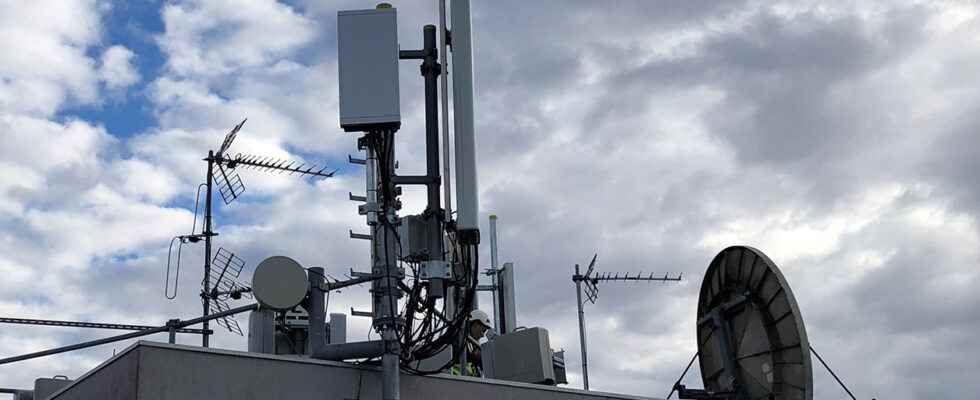Orange will end 2G in 2025 and 3G in 2028 in France. The operator made the announcement at the MWC in Barcelona. We met its director of technology and innovation Michaël Trabbia there to find out in more detail how he was going to proceed with this extinction. Interview.
01net.com: Isn’t it paradoxical to communicate about the end of an old technology like 2G during an event dedicated to the networks of the future?
Michaël Trabbia: It’s part of innovation and preparing for the future to put an end to obsolete technologies. We are going to build virtualized and automated networks, more energy efficient, with better quality of service and full voice over IP. To do this, we must put an end to 2G and 3G, which will not be compatible with the Open RAN (Open Radio Access Network), for example.
Can we hope that the release of 2G and 3G frequencies will benefit rural areas?
This will benefit 4G, first, and 5G, second. 4G coverage will be at the same level, or even higher than that which we have today with 2G/3G. We will mainly recover spectrum on the 900 MHz band. This will bring us more capacity, especially in rural areas where we use low frequencies because we need coverage. But it must be understood that it is progressive and that the process has already begun. We have been able to largely reuse the frequencies of the 2G and 3G bands since the traffic drops on these networks as with the 1800 and 2100 MHz bands.
Are you going to phase out by region like copper?
We are going to do some testing. But this should not be compared to the extinction of copper. It is much simpler and it does not participate at all in the same logic. Copper must be replaced by optical fiber with installation at home and a change in the commercial offer. The customer impact of the end of 2G and 3G has nothing to do with it and will be almost transparent for the general public. There are almost no more 2G terminals alone but 2G and 3G. They will not be affected before 2028 and by then there will have been a natural renewal.
Can you tell us how many subscribers are affected?
We don’t really communicate on the number of subscribers, but I can tell you that we have less than 10% of consumer terminals that are 2G/3G and that 95% of our data traffic is 4G/5G.
What are you going to do for those who have a 4G smartphone but no VoLTE (voice over LTE) and remain dependent on 2G and 3G for their calls?
It is very important that they know that they will not necessarily need to change devices. We are working with manufacturers because there are many smartphones that will be able to become VoLTE compatible via a simple remote firmware update. Depending on the country in Europe, we have between 60 and 85% of terminals that are currently VoLTE compatible.
Also see video:
The end of 2G will mainly impact professionals. What message do you have for them?
We are in contact with intermediaries such as lift companies, banks, Stellantis or Renault who manage fleets with many connected objects. Our first message is to stop adding objects that are not 4G compatible. However, these are renewal cycles over six, seven years at the industrial level. This is why we anticipate: so that they can prepare for the migration.
Why not wait for a national consultation on the subject?
We have warned the authorities and Arcep. What we see in other countries is that operators generally announce schedules that are similar, because it’s a market movement. There is a certain consistency to doing it together. We will see if the other operators make announcements in this direction.
